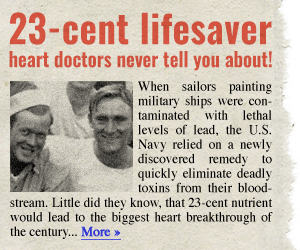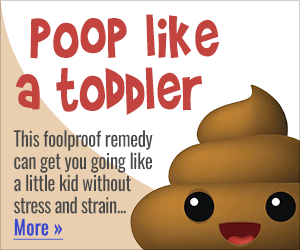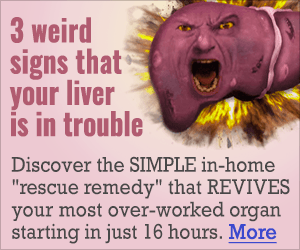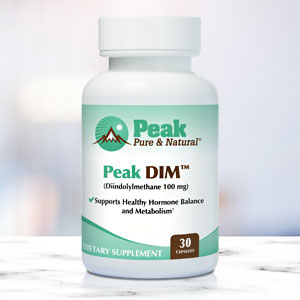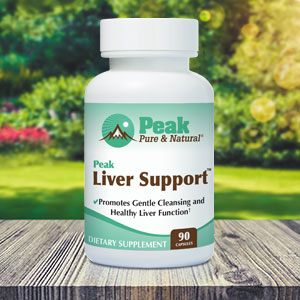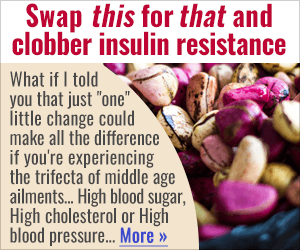Get Easy Health Digest™ in your inbox and don’t miss a thing when you subscribe today. Plus, get the free bonus report, Mother Nature’s Tips, Tricks and Remedies for Cholesterol, Blood Pressure & Blood Sugar as my way of saying welcome to the community!
What’s the chemical burden of your personal care routine?
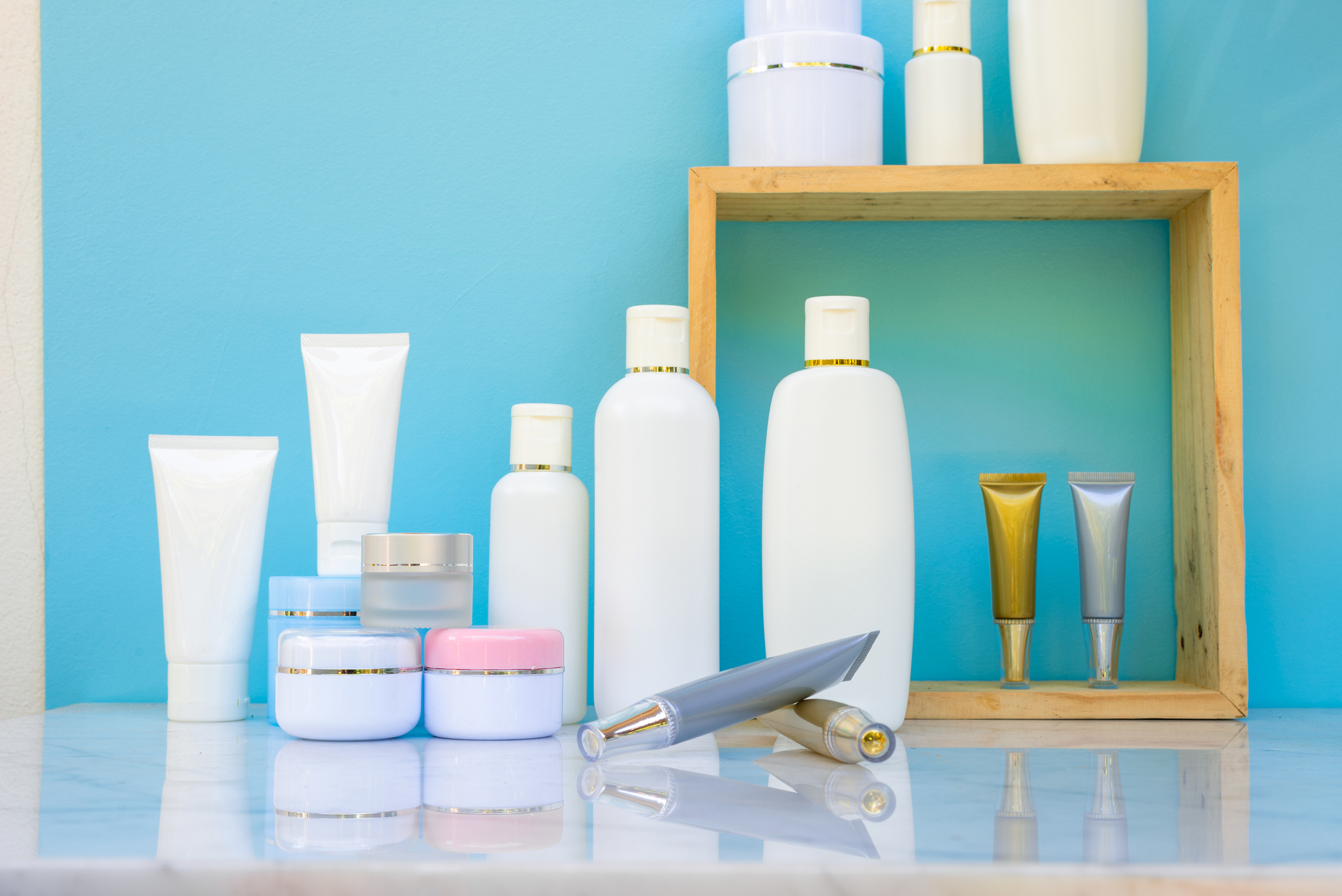
According to recent research, just by getting ready in the morning, you’re exposing yourself to health risks ranging from hormone disruption to cancer.
That’s because every time you swipe on deodorant, spritz on body spray or sweep product through your hair, you’re layering on a vast trove of dangerous chemicals.
Here’s how many chemicals scientists at Rutgers University say you could be exposed to from your personal care routine — and the most effective ways to reduce that exposure to lower your risks…
A danger that stacks up fast
According to the researchers, the current regulatory environment in the U.S. is to blame for the chemical burdens our personal care products inflict on our bodies daily.
They say that while the U.S. only bans about a dozen chemicals in our products, the European Union restricts thousands due to a lack of safety data.
Because of this, the researchers set out to determine the burden of chemical accumulation in our bodies.
To do so, the team examined nearly 9,350 specific products used by 593 study participants, rating them for safety based on the chemicals lurking inside and determining exposure levels individually.
Overall, they determined that participants used an average of 14.5 personal care products daily. They ranged from basic items like soap and toothpaste to cosmetics, fragrances and hair styling products.
According to their calculations, the average consumer is exposed to more than one hundred chemicals daily through personal care products (PCPs) alone!
This exposure led to potential health hazards across 17 categories, including cancer risk, developmental toxicity, allergies and endocrine disruption.
Based on product hazard scores, the researchers could also key in on the worst chemical offenders. These included:
- Perfumes and colognes: The study showed that these personal care basics consistently ranked as the most hazardous products thanks to endocrine-disrupting chemicals called phthalates that all too often lurk within.
- Hair products: The products you use for your hair can also be worrisome. That’s because hair products, particularly those containing endocrine-disrupting ingredients, have been linked to reproductive cancers.
- Skin care products: Products you use on your skin may contain phenols and parabens that have raised concerns about reproductive health issues.
Luckily, there was some good news despite all the bad…
The researchers also determined that some products were better than others. Even within the same product category, formulations varied dramatically, with some products offering somewhat safer havens from the chemical burden.
Make safer choices part of your personal care routine
“Average exposure was high, but there was a silver lining,” said Emily Barrett, lead author of the study. “We saw signs that people who tried to limit exposure succeeded in doing so, so it’s certainly possible for others as well.”
The researchers even noted that simply by making better choices, you could drop the chemical levels in your body within a matter of days.
Practical steps recommended by the researchers included:
- Using fewer products by cutting out non-essentials,
- Swapping out products for cleaner alternatives as you finish them,
- Using an app or website like Skin Deep to make choosing safer alternatives easy.
There are also three personal care products you might be better off making yourself to keep your risk as low as possible.
Another reason to reduce exposure is to lessen the burden on your liver — the body’s primary detox organ. When the liver gets overwhelmed trying to process the toxins and chemicals it can, it’s not able to keep up with fat and cholesterol metabolism, bile production and fat-to-energy conversion.
While it might be impossible to avoid all chemical dangers, making efforts to reduce your exposure counts when striving to live a longer, healthier life.
Editor’s note: Have you heard of EDTA chelation therapy? It was developed originally to remove lead and other contaminants, including heavy metals, from the body. Its uses now run the gamut from varicose veins to circulation. Click here to discover Chelation: Natural Miracle for Protecting Your Heart and Enhancing Your Health!
Sources:
Hidden in plain sight: the chemical burden of personal care products – EurekAlert!



